Ask Ethan: are we facing another extinction?

Many people argue about when and how human civilization will die out, but no one has any doubts about the main cause of the last great extinction on Earth: a massive body from outer space, colliding with Earth. About 65 million years ago, an asteroid with a diameter of about 5-10 km flew into the place that is now called the Gulf of Mexico, wiped out about 30-50% of all species from the face of the Earth and ended the era of dinosaurs. Are we facing a similar fate in the near future? My reader asks me:
I have a question about the article I read , which tells how the disk of our galaxy displaces comets in the Oort cloud every 26-30 million years, which leads to periodic extinction and the bombardment of the Earth by comets. I am wondering if such an incident threatens us in our lives, and is this theory credible?
')
To be honest, the danger of mass extinction always exists, but we need to evaluate it more accurately.
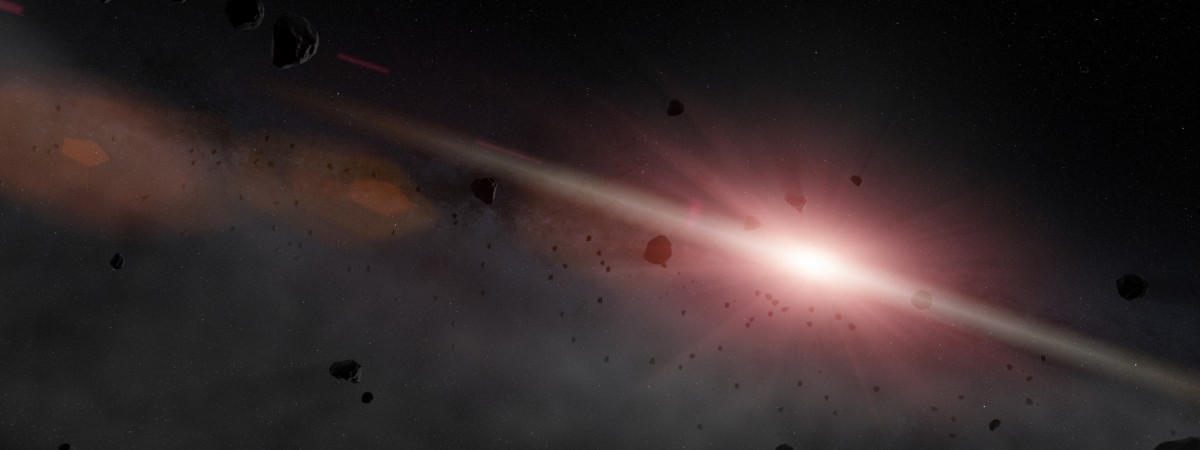
Threats of extinction in the solar system - by bombardment from space - usually come from two sources. The asteroid belt between Mars and Jupiter, and the Kuiper belt together with the Oort cloud beyond the orbit of Neptune. The likelihood that a large object will fly to us from the asteroid belt, which we suspect of killing dinosaurs, decreases significantly with time. And there is a reason for this: the amount of material between Mars and Jupiter is being depleted, and there is no mechanism for its replenishment. This can be understood by considering the young solar system, the early models of the solar system and most of the worlds without air and pronounced geologists: the Moon, Mercury and most of the moons of Jupiter and Saturn.
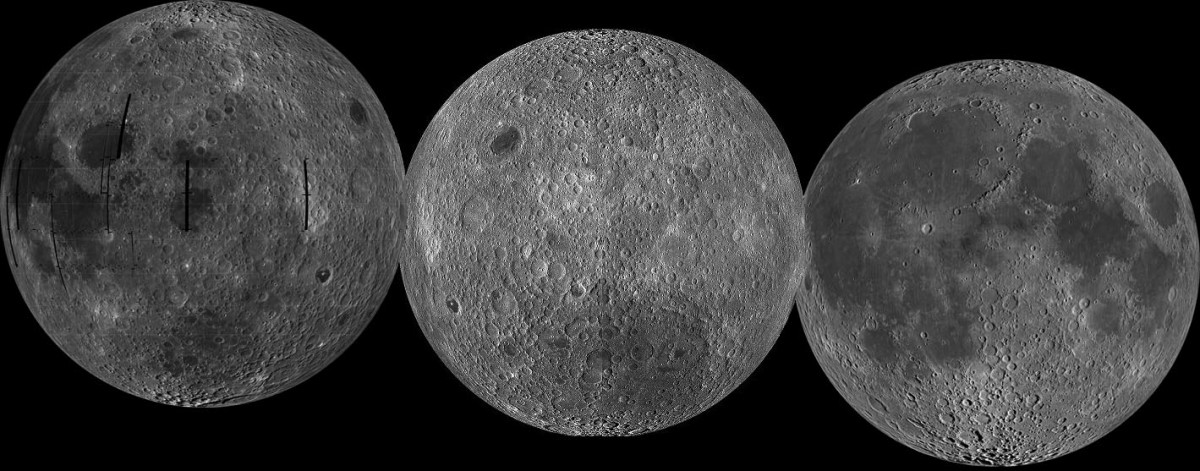
The history of the appearance of craters on the moon can be studied by considering it. At the elevations of the moon, in the brighter parts, craters appeared for a very long time, and this began from the earliest days of the solar system: more than 4 billion years ago. There is a huge number of large craters, inside which there are smaller craters, and in them - even less. But if you look at the dark regions (lunar seas), then in them the craters are much smaller. Radiometric evaluation shows that most of these regions were formed 3-3.5 billion years ago, and even this difference is enough for it to lead to the appearance of a significantly smaller number of craters. The youngest regions, located in the Ocean of Storms (the largest lunar sea), appeared only 1.2 billion years ago, and the craters in them are the least.
This all means that the asteroid belt is becoming increasingly rarefied. Most likely, we have not yet reached this point (although there is such a probability), but at some point in the next several billion years the most recent asteroid impact will strike the Earth, and if then there is still life on it, then the last mass extinction will occur .
But the Oort cloud and the Kuiper belt are completely different stories.

Outside the orbit of Neptune, on the edge of the solar system, lurked a huge potential for disasters. Hundreds of thousands, if not millions, of large fragments of ice and stone, are waiting in a rarefied orbit around the Sun, and a mass passing by (this could be Neptune, another Kuiper belt object or Oort clouds, or another solar system) can displace them gravity. This can lead to a variety of consequences, including the object can rush inside the solar system, where it can both turn into a bright comet and collide with our world, bringing with it a catastrophe.
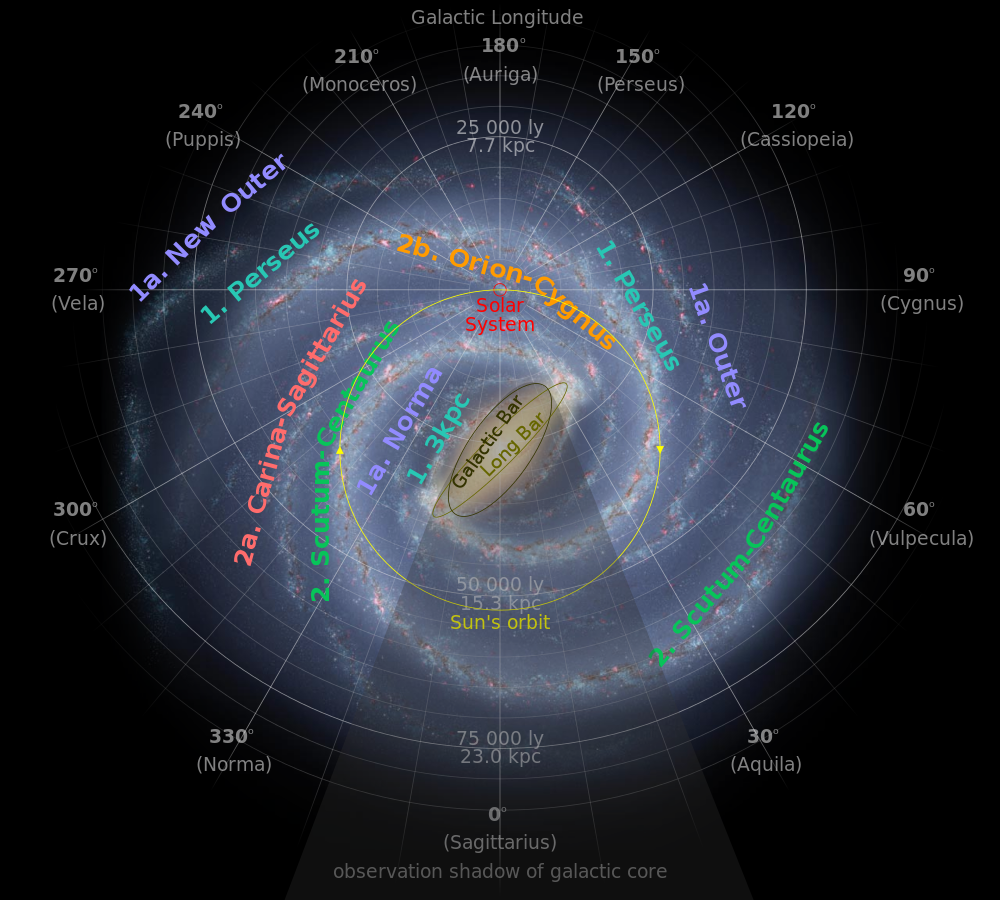
Interactions with Neptune or other objects of the Kuiper belt / Oort clouds occur randomly and regardless of what is happening in the galaxy, but it is quite possible that a star-rich region — such as a galactic disk or one of our spiral arms — may increase comet storm and comet strike on Earth. In the publication of American Scientist , about which the reader writes, it is argued that there is a sequence "period" of 26-30 million years, due to which extinction occurs on Earth. This event roughly correlates with a period of 28-32 Ma, with which the solar system passes through the galactic plane of the Milky Way! Is this a coincidence, or is it a cause of extinction?
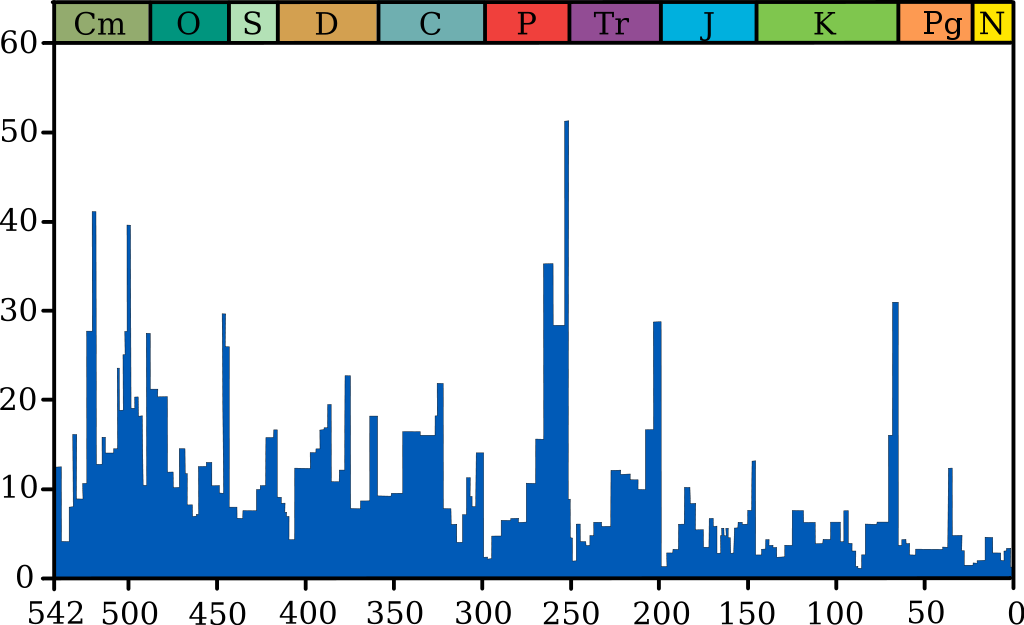
The answer can be searched in the data. You can study all the major extinctions on Earth, according to data from the study of fossils. By counting the number of biological genera (classification one step higher than a species) at any time, and this we can do in the last 500 million years, we can establish what percentage lived and died at any time interval.

Then you can look for patterns of occurrence of these events. The easiest way to apply the Fourier transform to these cycles is to see if sequences will appear. For example, if we observed a mass extinction every 100 million years in which each time there was a sharp decrease in the number of genera, then the Fourier transform would show a huge surge at a frequency of 1/100 million years. So let's do it without further delay and see what the data will show us?
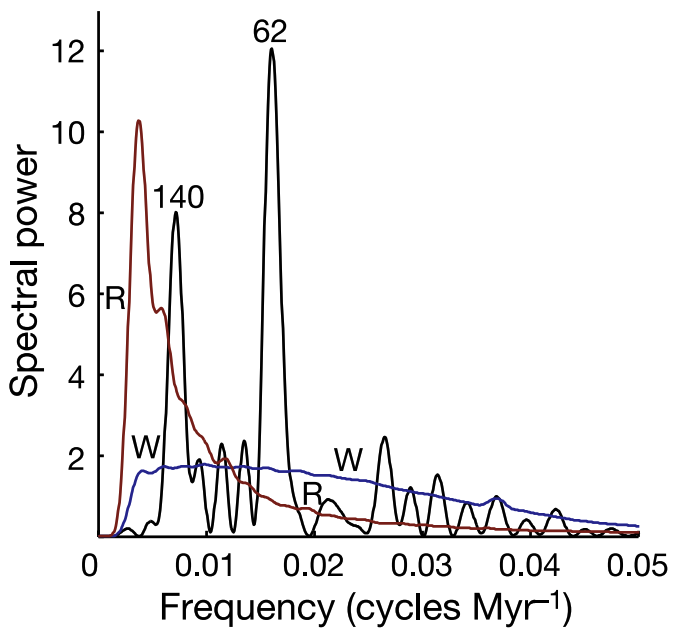
They show a surge and relatively weak evidence of the presence of periodicity at 140 Ma, and another one at 62 Ma. The bursts look great, but only in comparison with others, quite insignificant. In the span of 500 million years, it is possible to accommodate only three 140 million-year periods of mass extinction and eight 62 million-year-olds. And there is no such quantity of them - if there are such periods, then extinctions do not happen every time. But there is apparently no evidence of a period of 26-30 million years; on this frequency there is not even a hint of bulge. Worse, of all the collisions with Earth, less than a quarter was due to objects from the Oort cloud! According to the old adage, extraordinary statements require extraordinary evidence, but Christopher Hitchens turned him inside out as follows:
That which is unsubstantiated is declared, it is possible to reject without proof.
I am happy to announce that, having studied the most recent passage from the galactic plane, we did not find any reason to expect an increase in the frequency of catastrophic events. Of course, such an event may occur, but the chances that the Universe is going to kill us, apparently, are less than ever.
Source: https://habr.com/ru/post/401649/
All Articles